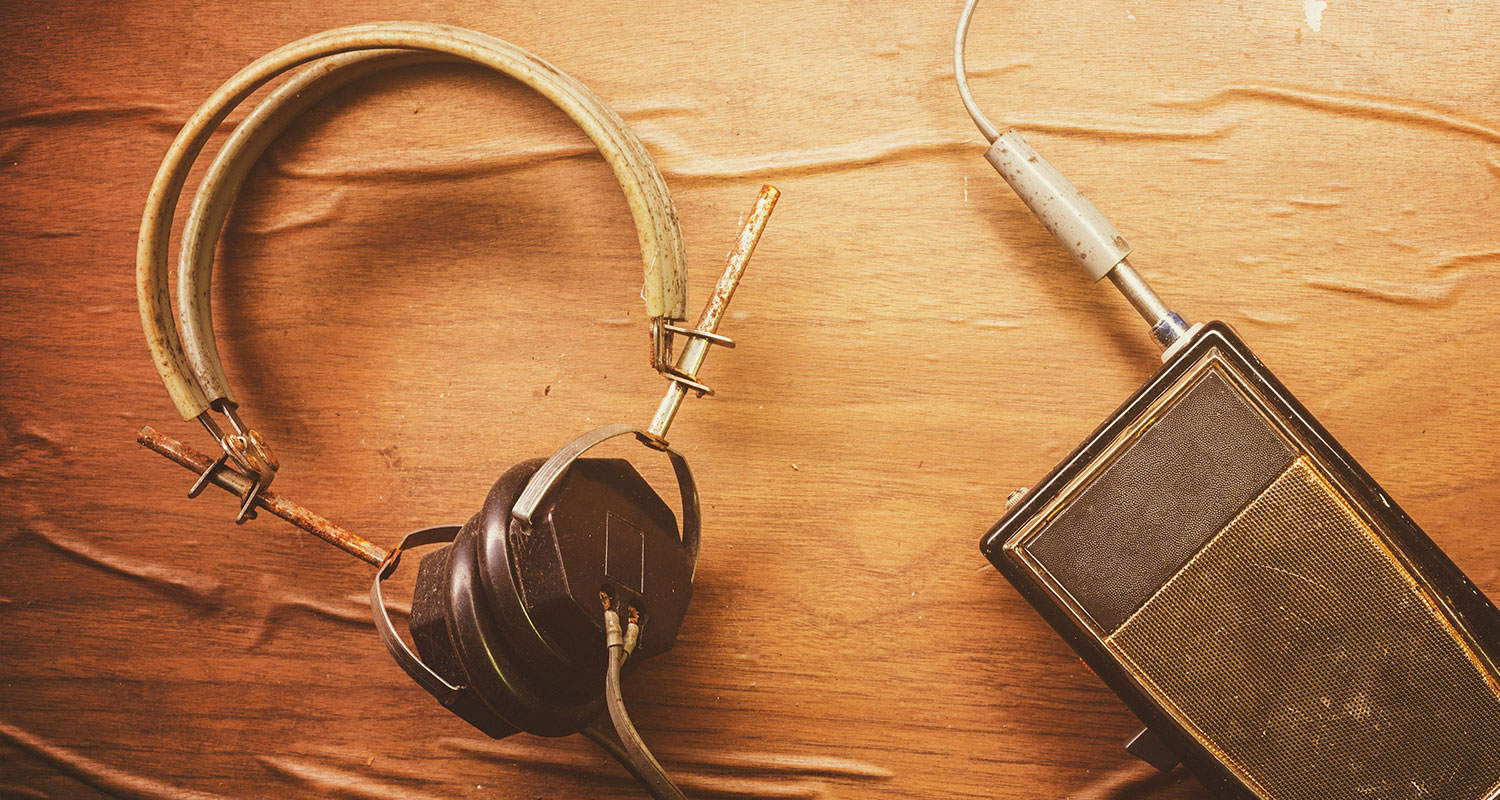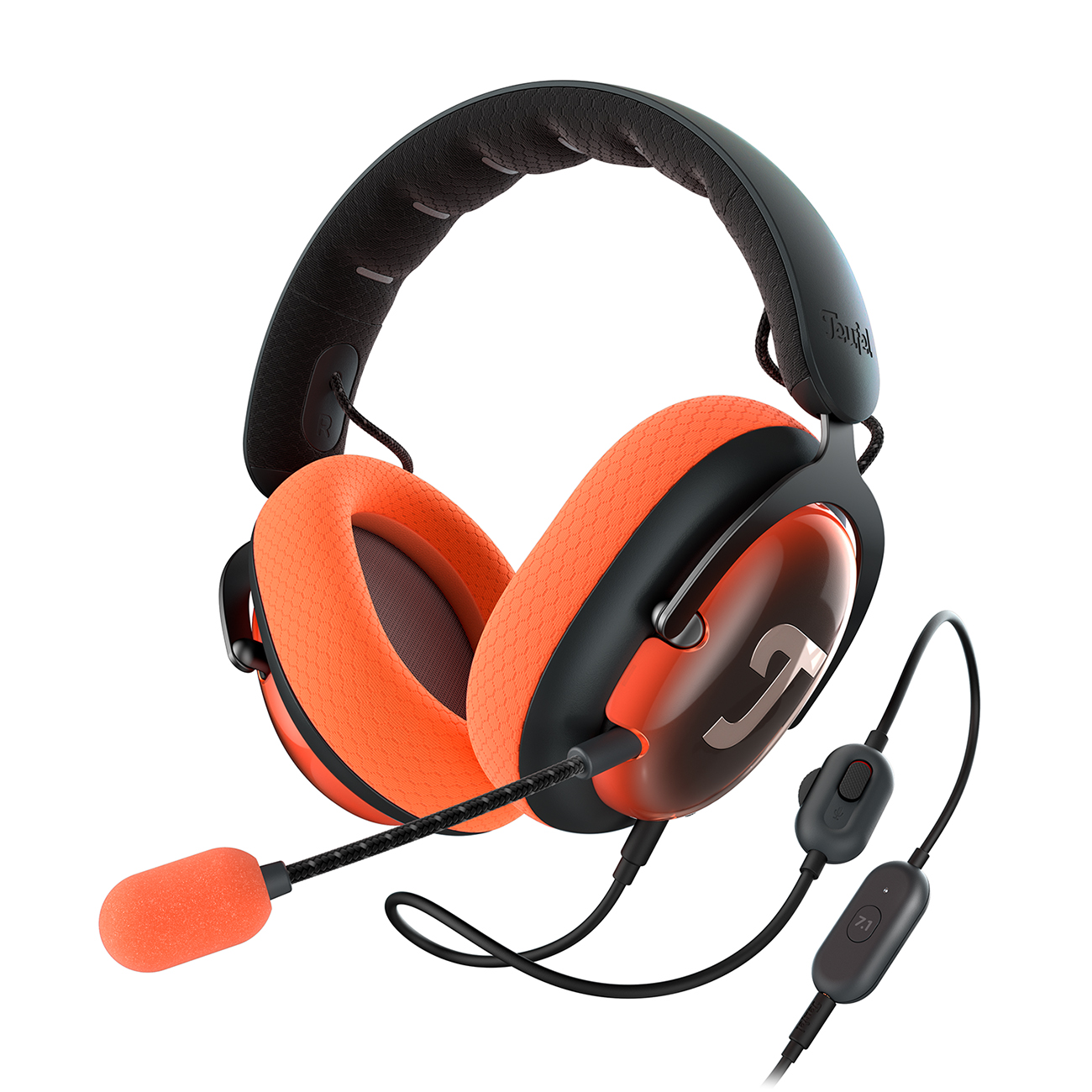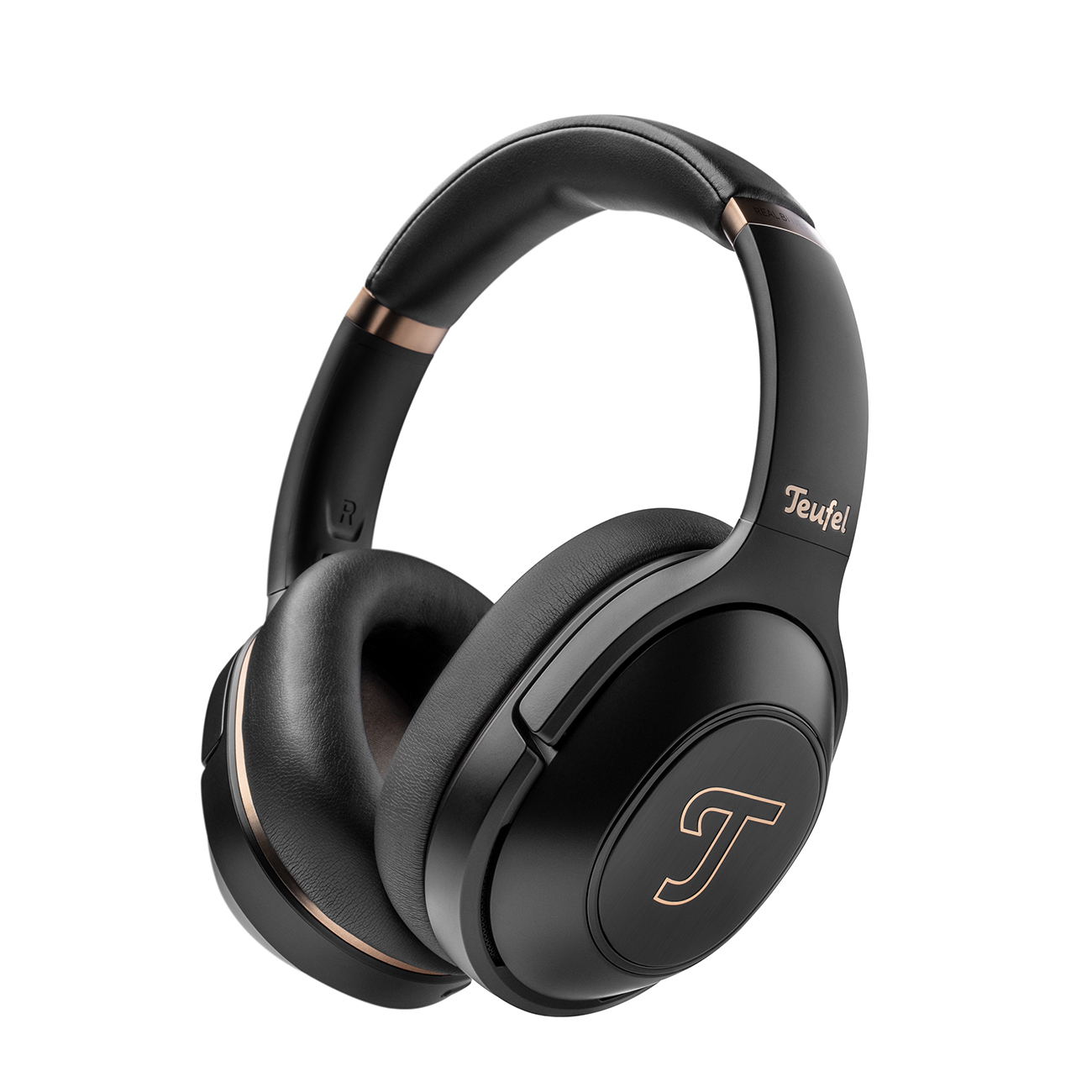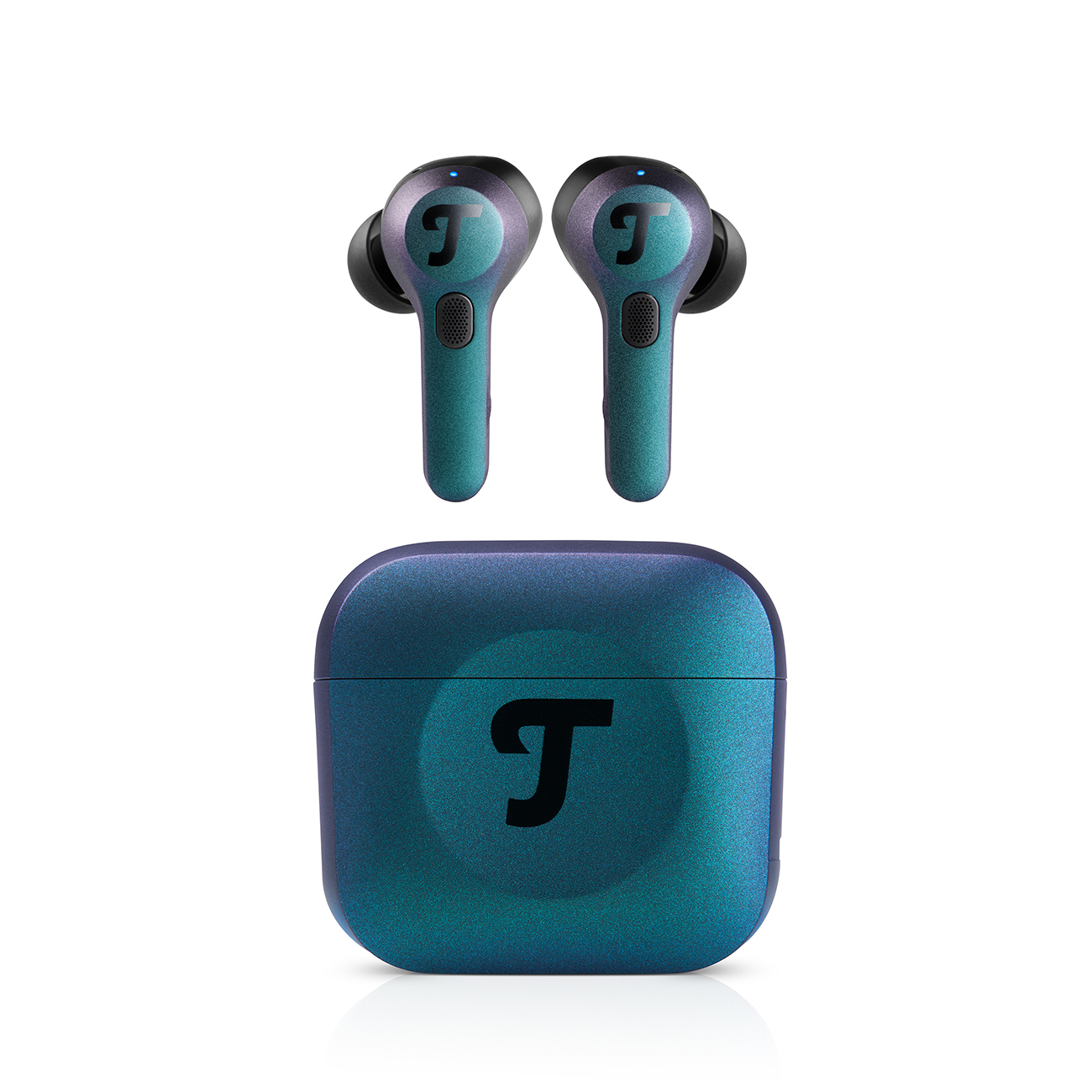Unlike the phonograph, headphones cannot claim a single inventor. Instead, their development is a steady process of experimentations and improvements dating back to the late 19th century. The early models were neither pretty nor comfortable and offered a weak mono sound, but from these humble beginnings came the range of amazing hi-fi, wireless and noise cancelling wonders we enjoy today. Read on to learn more!
The late 1800s: The first personal listening devices appear
In 1878, the first patent for an electrodynamic transducer was submitted, which more or less marks the beginning of the loudspeaker. It didn’t take long for people to realize that one person’s enjoyment, was another’s annoyance. Technologies to apply speakers to personal use quickly followed.
The first application of speakers that only one person in the room could hear had a practical, professional use. Telephone operators in the early 1880s began using individual ear pieces. This allowed many people in a room to sit together while listening to different audio. Headphones for listening pleasure soon followed in the 1890s after the company Electrophone used earpieces to deliver music from opera houses in London to paying subscribers.
Neither device resembled the headphones of today. For one thing, they were not worn on the head. This was impractical due to the weight of early personal listening systems. The earpieces used by telephone operators alone could weigh over 4 kilos and rested on the user’s shoulders. The contraption used by Electophone for music listening resembled a doctor’s stethoscope.
The dawn of wearable headphones
The first headphones we would recognize as such were the invention of an American named Nathaniel Baldwin. Known as a “Radio Head-Set”, Baldwin’s device was sat comfortably on the head. Two ear cups were connected by a headband in a design that headphones have maintained in basic form up to the present day. The sound was mono but decent.
Like many ambitious inventors at that time, Baldwin sent a prototype of his headphones to the U.S. Navy who already used similar, though clunkier and inferior systems, for radio communication. The navy was eager to order many more only to learn that Baldwin’s production was confined to runs of 10 head-sets at a time as he was producing them in his kitchen. On top of these production limitations, the young engineer and inventor refused to patent his design, believing that the innovation involved was too small to warrant it. This led to many other successful copies and contributed to Baldwin’s financial ruin.
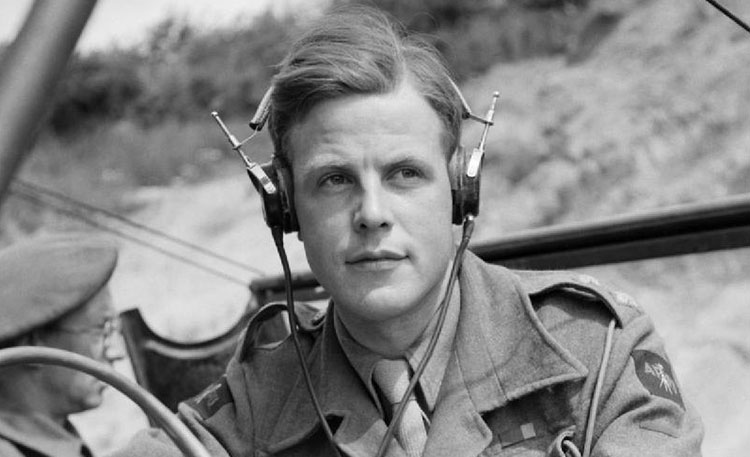
Dynamic headphones & stereo improve sound quality
The next big innovation in the history of headphones came from Germany. In 1924, a young engineer named Eugen Beyer founded the Elektrotechnische Fabrik Eugen Beyer in Berlin to produce loudspeakers. By 1937, what became known as Beyerdynamic brought out the world’s first dynamic headphones, the DT 48. These headphones were capable of much higher levels and better sound than Baldwin’s Radio Head-Set. Beyerdynamic’s headphones retained Baldwin’s basic design but substantially improved the wearing comfort. The DT 48 was such a leap into the future that it is still produced today, with slight retoolings and improved sound.
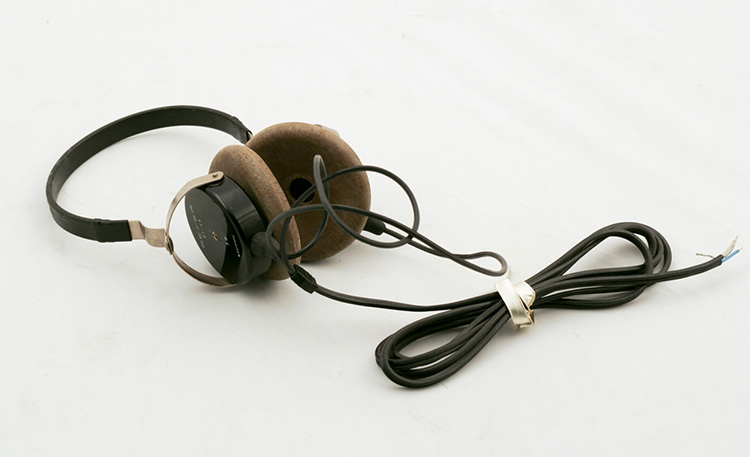
The 1950s heralded a new era of personal listening enjoyment thanks to several key developments: Rising incomes, the invention of stereo and the introduction of the LP. In 1958, John C. Koss, an American jazz musician, capitalized on these trends by introducing the first ever stereo headphones, the SP/3. Kross’headphones promised something close to a live music experience. One problem, however, was connecting the headphones to a home stereo system which, at the time, did not feature headphone outputs. Koss’ next contribution to audio innovation was to convince audio manufacturers to include standardized connections for headphones.
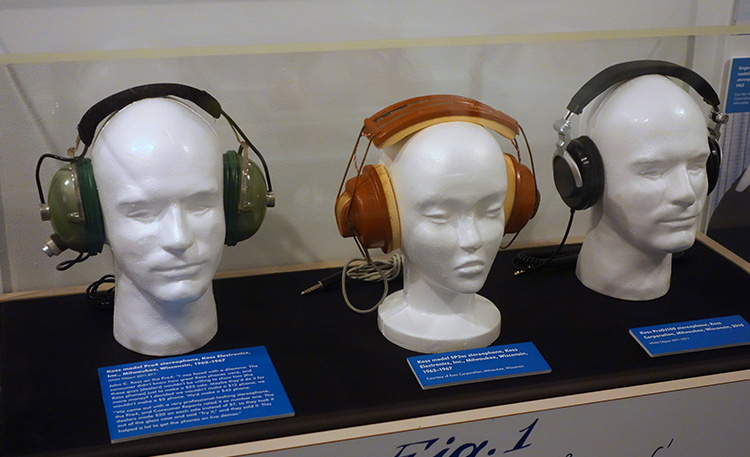
Battery-powered portable speakers also appeared on the scene in the 1950s. The first transistor radio for personal use was developed by Texas Instruments together with Industrial Development Engineering Associates and released in 1954. Transistor technology replaced the cumbersome vacuum tubes used in the large radios people had in their homes up to then. For the first time, sound systems were small enough to take anywhere. Transistor radios were not, however, designed to work with headphones. Like cookie dough ice cream, the use of portable sound systems with headphones was a fateful combination of two wonderful but seemingly disparate things that would simply have to wait.
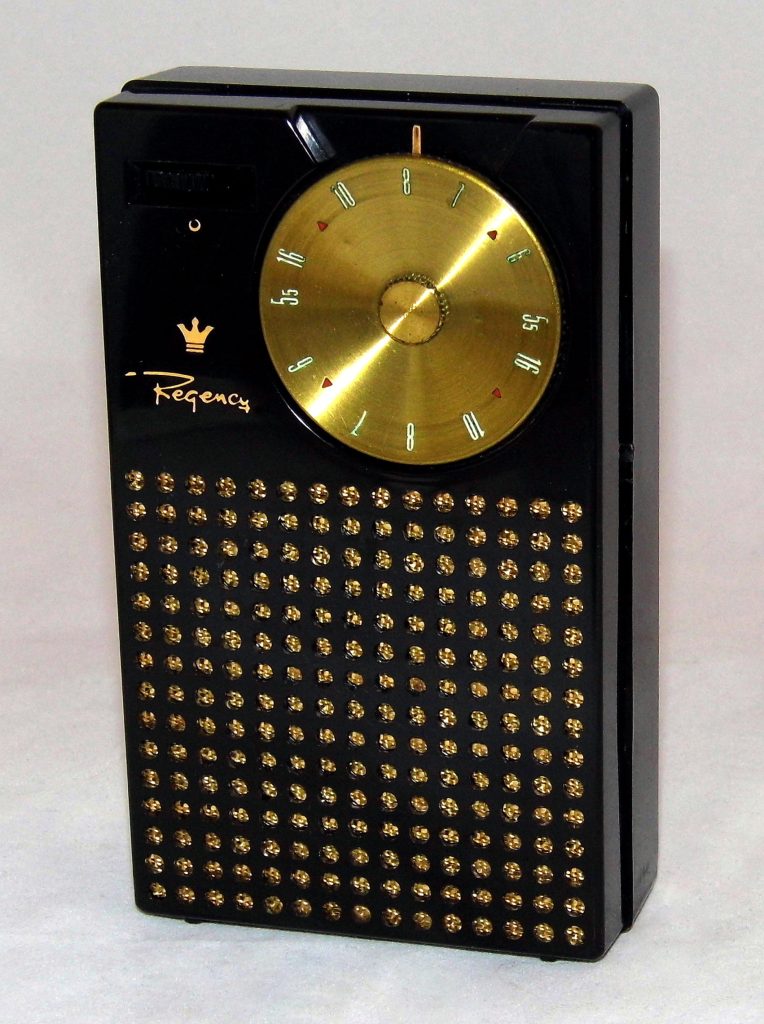
From personal to portable: Foam phones & ear buds
By the 1970s, headphones had established themselves beyond the realm of work as a way to enjoy music – even in hi-fi sound quality — without disturbing others. The next step was to untether headphones from home stereo systems so that people could enjoy their private sonic oasis anywhere. The Sony Corporation did just this in 1979 with the invention of the Walkman. The boombox had already taken portable sound a step beyond the transitor radio by around 1977 with the addition of more powerful speakers and a cassette deck. But boomboxes were big and heavy. They were also designed for use with a group of friends or for announcing one’s taste in music to the world. The idea of enjoying music outside in private was brought to life by the Walkman.
The portable battery-powered cassette player came with small, lightweight headphones. The ear pieces were covered with foam and the sound was not exactly hi-fi, but pretty good. Still, for the next two decades, joggers and commuters were limited to a single cassette tape or the radio. This led many to become intensively familiar with their favourite Journey, Talking Heads and Michael Jackson albums.
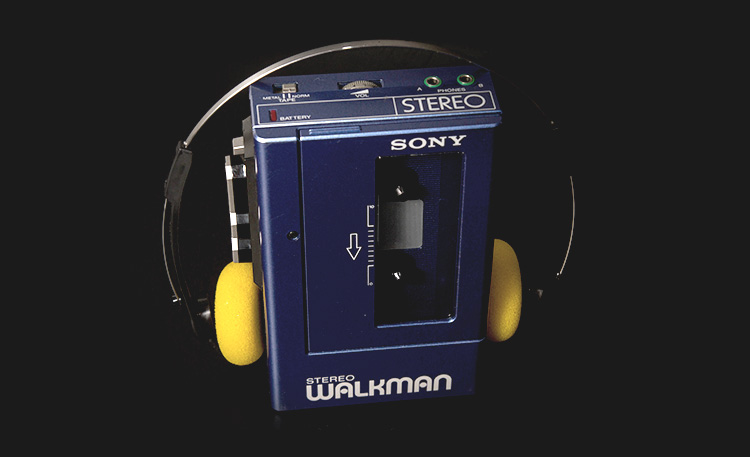
Then, by the late 90s, MP3 players began to emerge that allowed users to store multiple albums for portable playback. The new systems didn’t catch on, however until the release of Apple’s iPod in 2001. Not only did Apple revolutionize music listening with its intuitive user interface, it replaced the foamy headphones everyone had been using since the advent of the Walkman. One of the key features of the iPod were its smaller, space-age (for the time) looking ear buds. Also not the epitome of hi-fi sound, ear buds were easy to throw in a pocket or bag and stayed in place fairly well without the need for a headband. They also lent the user a certain hipness. They announced that he or she had arrived in the new era of digital music.
Big is back: Larger, better sounding headphones go portable
Ear buds remained the portable music mainstay for about a decade until something of a traditional headphone revival took place. Unashamedly large headphones in various styles and colors began appearing on the scene in the late noughties. Far bigger than the Walkman’s foam phones and ear buds by far, they were updated versions of the stereo headphones people used at home back in hi-fi’s golden age.
Good sound suddenly became a fashion statement and the door to a variety of headphone styles – which could be proudly worn in public – opened wide. A portable sound revolution was afoot. Audio companies across the world began to produce headphone models in every possible size and design from in-ears, to on-ears and over-ears along with a range of sound signatures from the super-transparent, to the super bassy. In addition to these options, consumers today can choose between traditional wired headphones and wireless versions that use Bluetooth to transmit music. Another big innovation has been headphones with Active Noise Cancelling Technology that prevent outside noise from disturbing the wearer’s music enjoyment.

The future of headphones: Hearables and beyond
Certainly, wireless headphones will continue to be popular. Apple bet on this trend by doing away with the 3.5 mm headphone input in its latest models. Beyond this, look out for something called hearables. These are in-ear devices that look a bit like hearing aids, but which are nothing less than little personal assistants. Features vary from augmenting hearing, to tracking vital signs and easy pairing with a range of smart devices. Future hearables may also offer real-time language interpretation. This amazing ability would bring to life the “Babble Fish” from Douglas Adams sci-fi novel, The Hitchhiker’s Guide to the Galaxy. Our ears are certainly in for more exciting developments – stay tuned!
Title picture: By Royal Air Force official photographer [Public domain], via Wikimedia Commons
Picture #1: von George R. Sims (1847-1922) [Public domain], via Wikimedia Commons
Picture #2: By No 9 Army Film & Photographic Unit [Public domain], via Wikimedia Commons
Picture #3: By Beyer Dynamic (costruttore) [CC BY-SA 4.0 (http://creativecommons.org/licenses/by-sa/4.0)], via Wikimedia Commons
Picture #4: Koss SP3: von Daderot (Eigenes Werk) [CC0], via Wikimedia Commons
Picture #5: By Joe Haupt from USA [CC BY-SA 2.0 (http://creativecommons.org/licenses/by-sa/2.0)], via Wikimedia Commons
Picture #6: Sony Stereo Cassette Player Walkman WM-4, Certain rights reserved. Source https://www.flickr.com/photos/sebastian_duesseldorf/9690447842
Picture #7: Property of Teufel Audio
